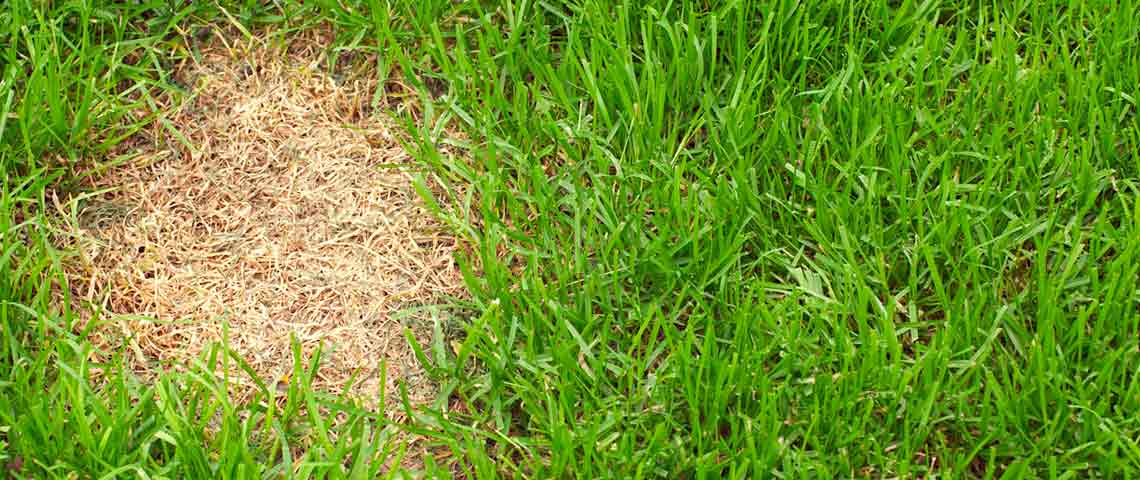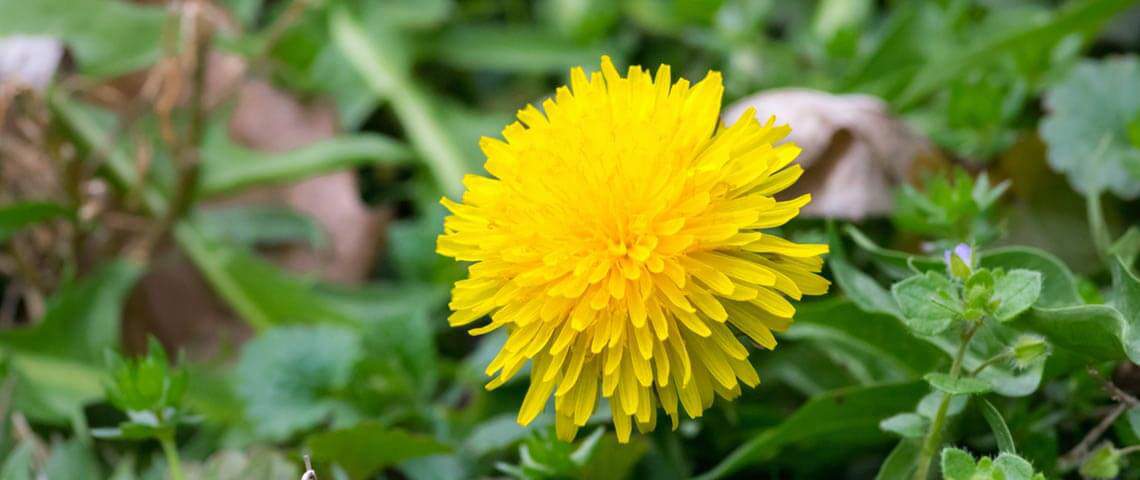How to Get Rid of Lawn Moss
Mosses can be beautiful in tranquil woodlands and historic moss gardens, where they're welcomed and cultivated, but the same mosses become eyesores in lawns. Getting rid of lawn moss starts with understanding how and why mosses grow, and the most effective ways to combat them. With the right products in hand, you can control moss and enjoy a luxuriant, moss-free lawn.
Mosses Are Unlike Other Plants
Part of the secret to moss control is realizing mosses aren't like most plants. Standard weed killers, even the tough ones, often don't kill moss. Unlike other common plants, mosses don't have roots or vascular systems to move water and nutrients — or moss control products — through their primitive structures.
Common mosses need very little light, but plenty of moisture. They flourish in shade and consistently damp, poorly drained, overly acidic soil. Healthy lawn grasses need the opposite. That's why mosses often grow where grasses and other plants have failed. When conditions discourage grass, mosses seize the opportunity and move in.

Moss Control Treatments
Effective moss control treatments work by drying out mosses and exhausting their life-giving moisture. Iron-based products, which are based on naturally occurring ferrous sulfate and other iron sulfate substances, are highly effective. The Lilly Miller Moss Out! portfolio of iron-based products for lawns includes fast-acting liquids and granular formulas that control moss and green up grass at the same time. Lilly Miller Moss Out! Plus Fertilizer for Lawns 20-0-5 incorporates high-nitrogen lawn food into the formula. Iron-treated mosses usually turn black within hours and die within a few days. Always follow product label instructions closely, and keep all iron-based products away from concrete, brick and stone as iron can naturally leave rustlike stains on these and similar surfaces.
Timing and Preparation
Moss controls are most effective during times of active moss growth. In most climates, mosses grow vigorously during the cool, wet spring and fall seasons. Mosses grow through winter in some moderate climates, but grow very little during summer weather.
Mow moss-covered areas slightly shorter than normal to expose moss fully before treatment. Increase your effectiveness by raking and removing moss as much as possible before treating. Dense moss inhibits control products from penetrating. Without roots, dense moss rolls up like a rug for easy removal. If moss gardens suit you, relocate moss pieces to shady rock gardens, or firmly place moss pieces at the base of shade-loving container plants for living mulch, and keep moist.
Prevention and Restoration
Control moss by correcting the conditions that invite it. Proper maintenance and nutrition invigorate lawn grasses and give them the competitive edge. Aerate compacted soil, correct drainage problems and fill low-lying areas. Examine irrigation for overwatering and puddling nearby. For heavily shaded lawn areas, adjust the surroundings, if possible, to let more sunlight in and let moss know it's not welcome.
Lawn moss signals that soil pH may be too low for grasses, or that nutrients may be lacking. A soil test confirms any problems and recommends remedies. Pennington Fast Acting Lime corrects acidic soil conditions and raises pH to ranges that optimize grass growth. Restore nutrients with Pennington Full Season Lawn Fertilizer 32-0-5, to revitalize your soil and keep your lawn grass green. With moss controlled and soil corrected, lawn bare spots are ready for restoration.
By tackling lawn moss with the right products as partners, control becomes simple. You can put moss in its place and enjoy a lush, healthy lawn instead.



